
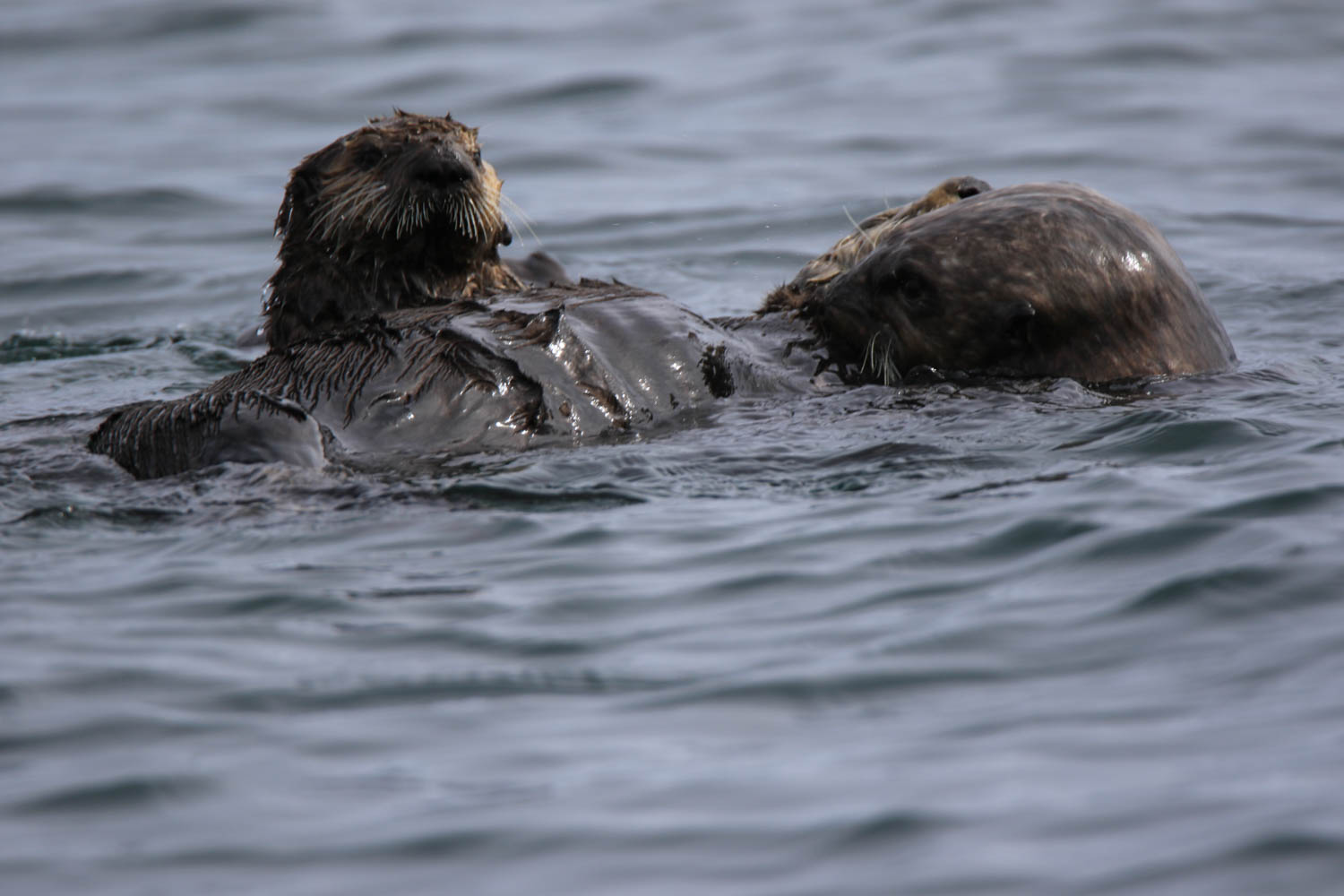
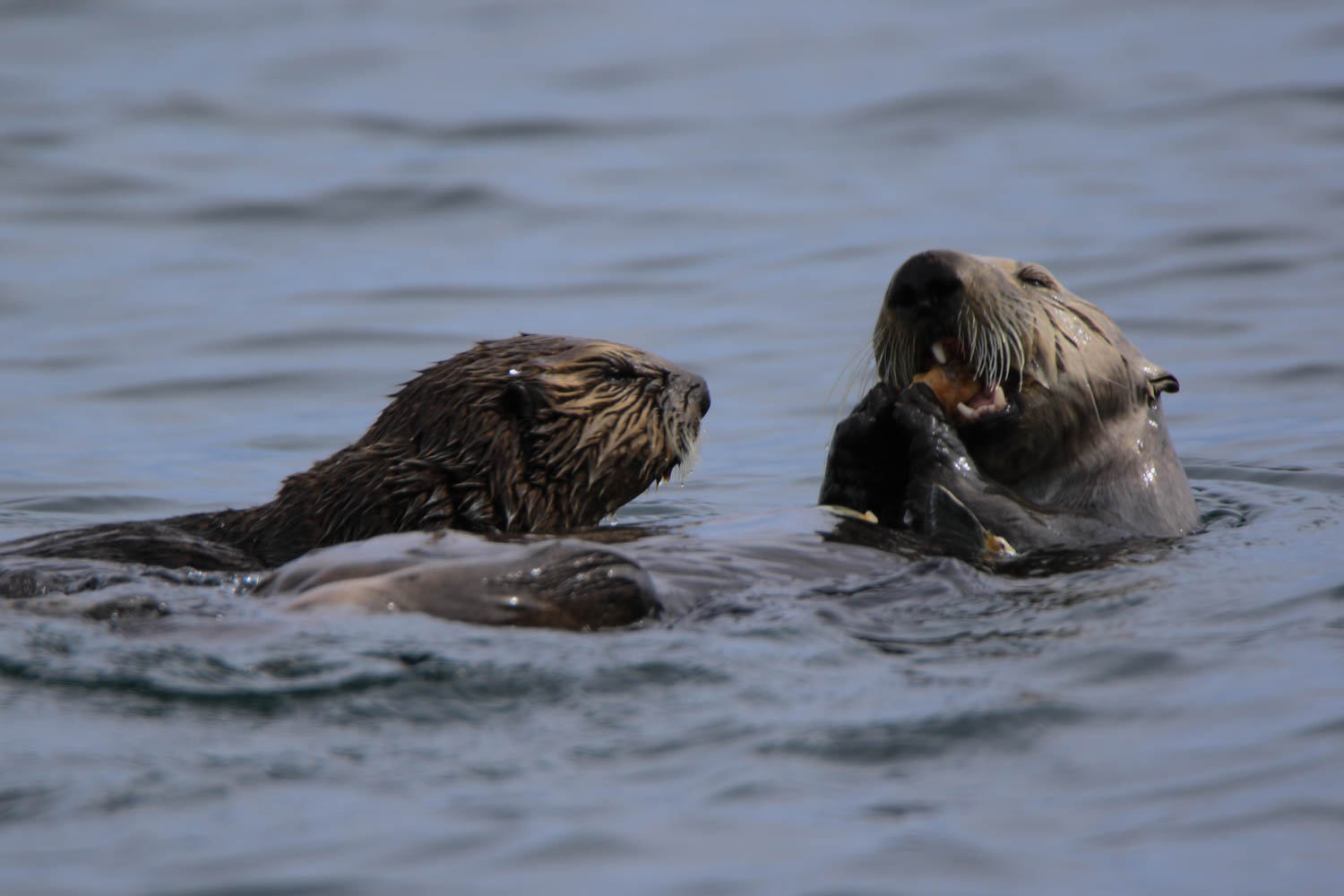
Also in the bay around homer is Common Murres, in flocks of hundreds or thousands:
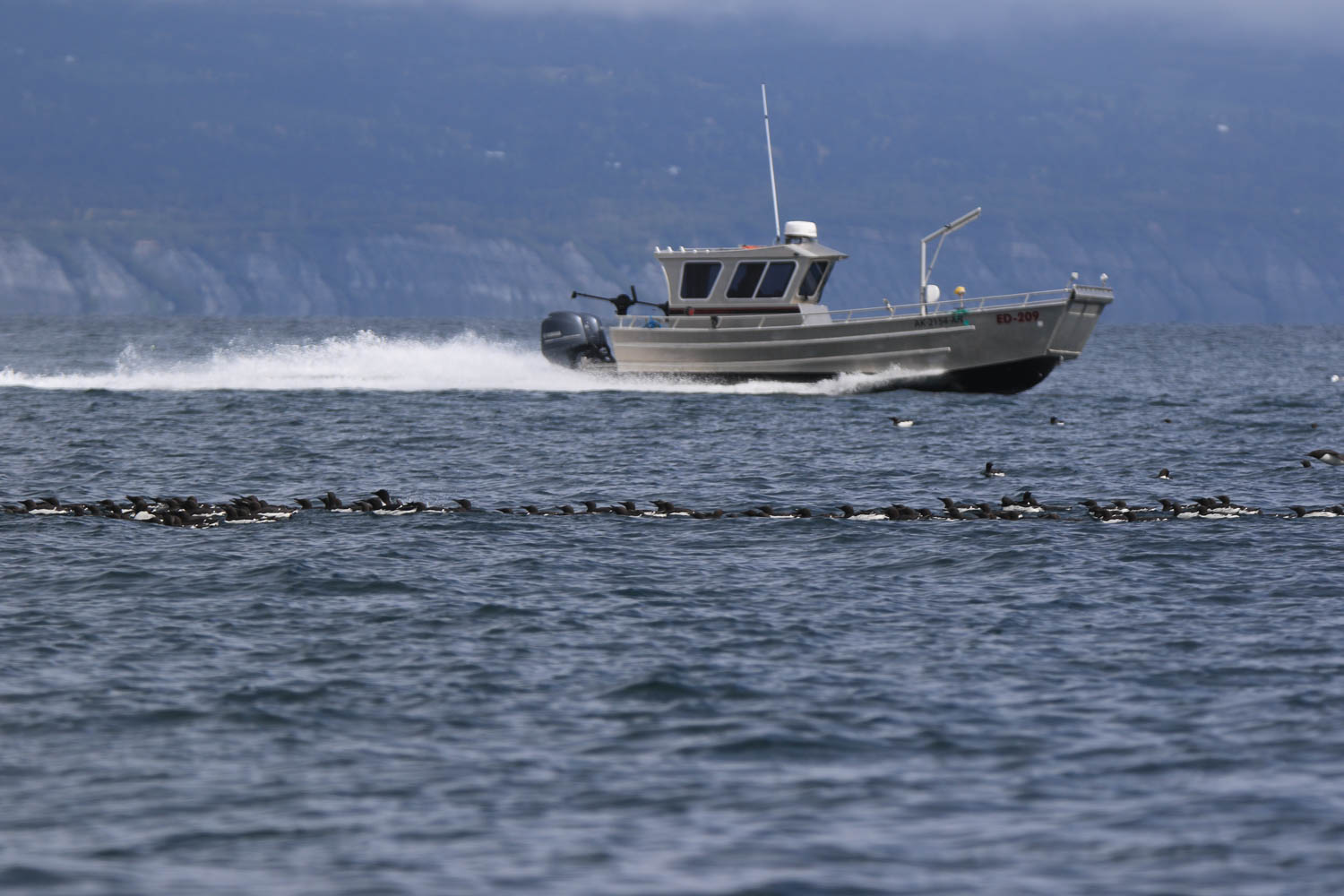
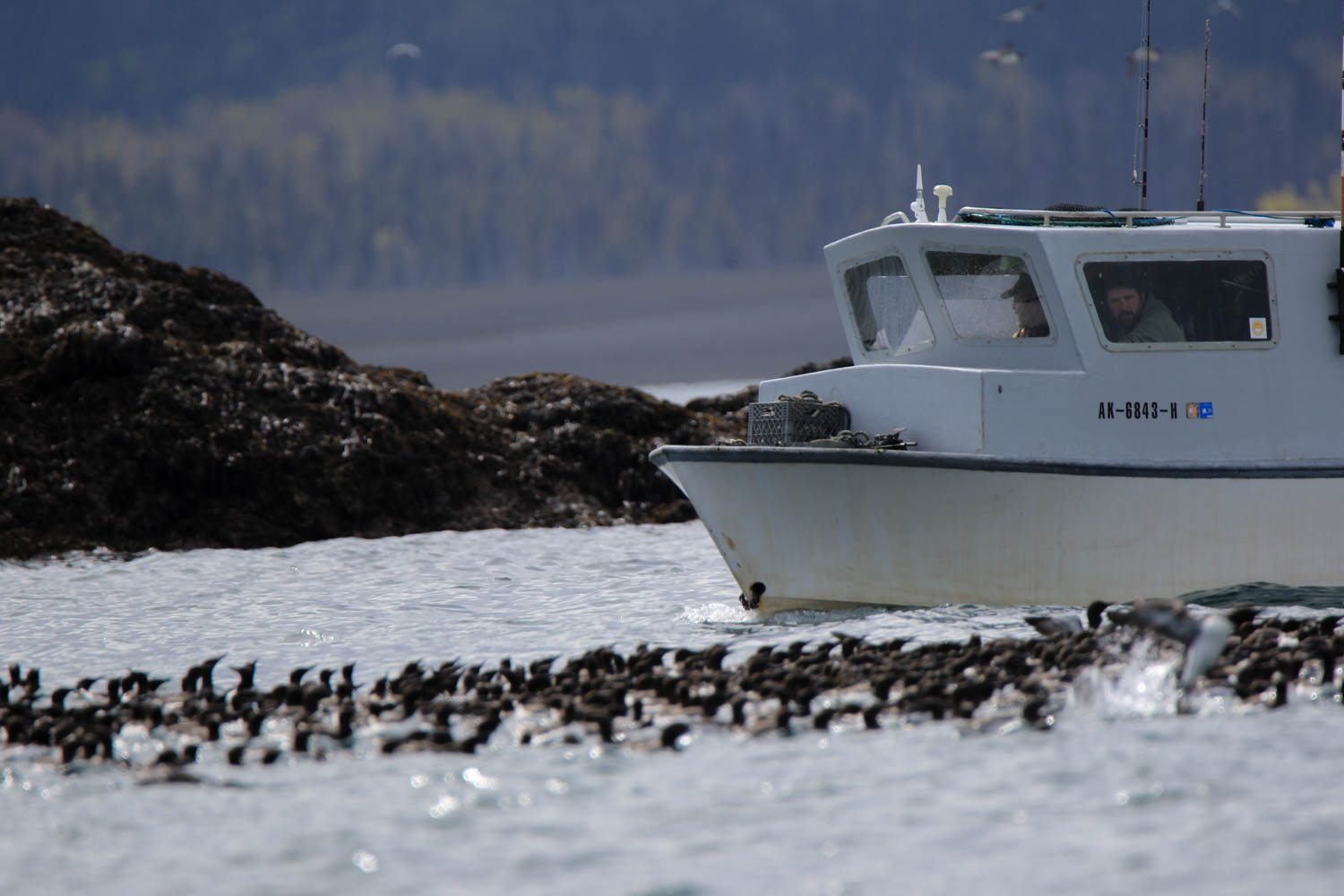
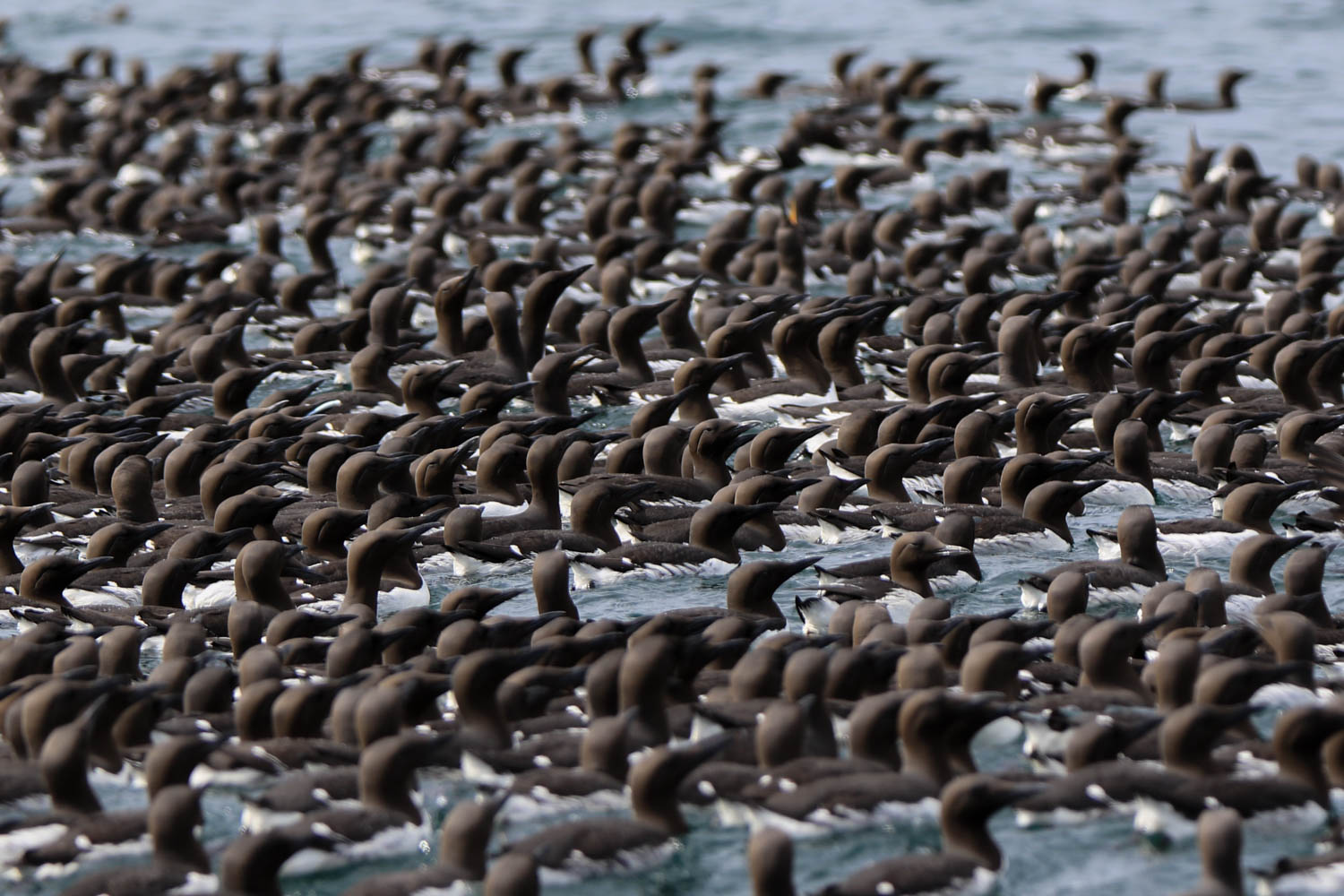
A little further into the bay, there is an island called Gull Island. It is very appropriately named - you definitely notice them as you approach:
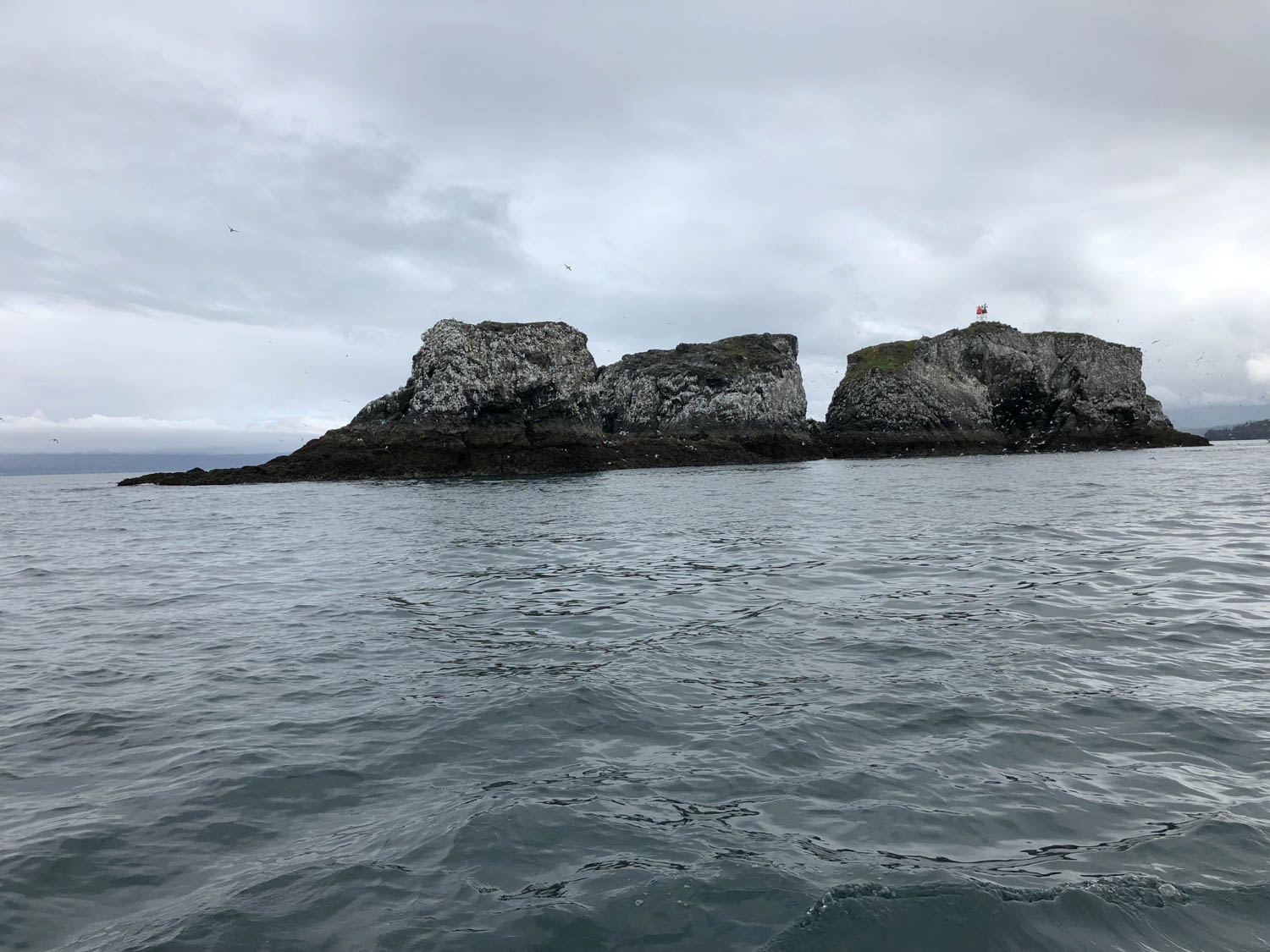
Strictly speaking, the birds nesting there are not gulls but kittawakes - Black-legged Kittawakes to be exact. (There are also endangered Red-legged Kittawakes - more about them in my later posts.)
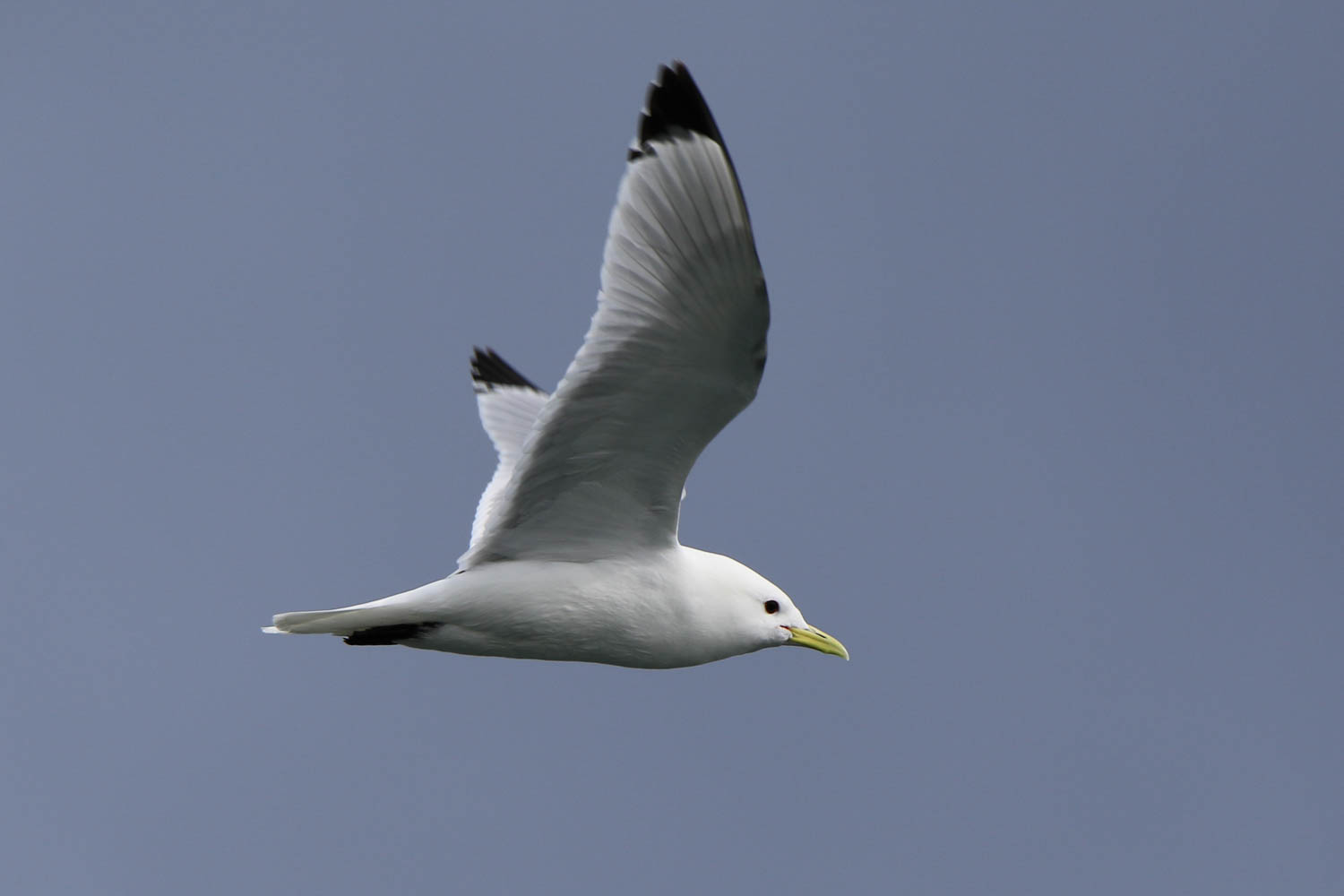
The name "kittawake" derives from the call these birds make. And with thousands of them nesting on the island, they are definitely noisy!
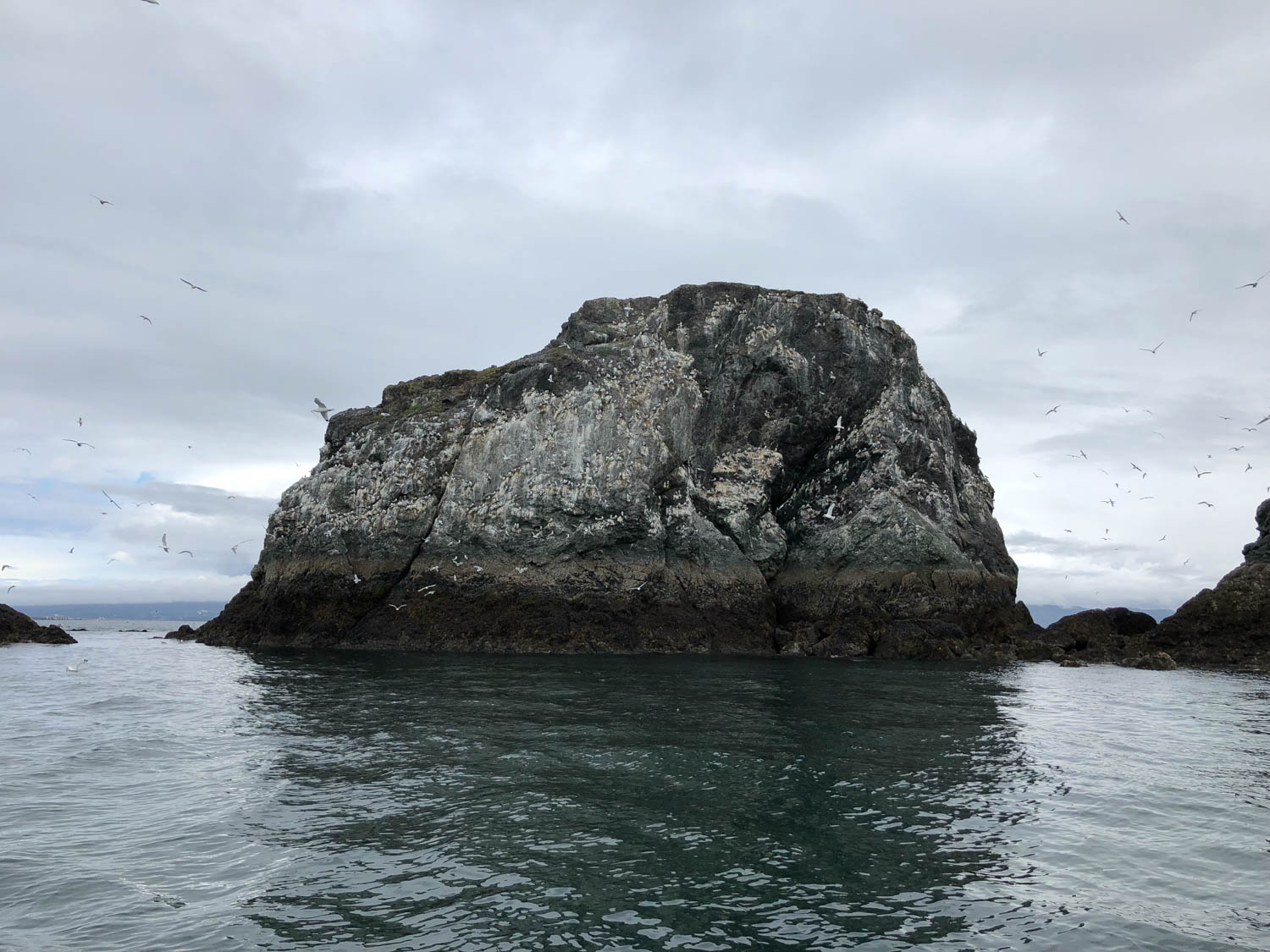
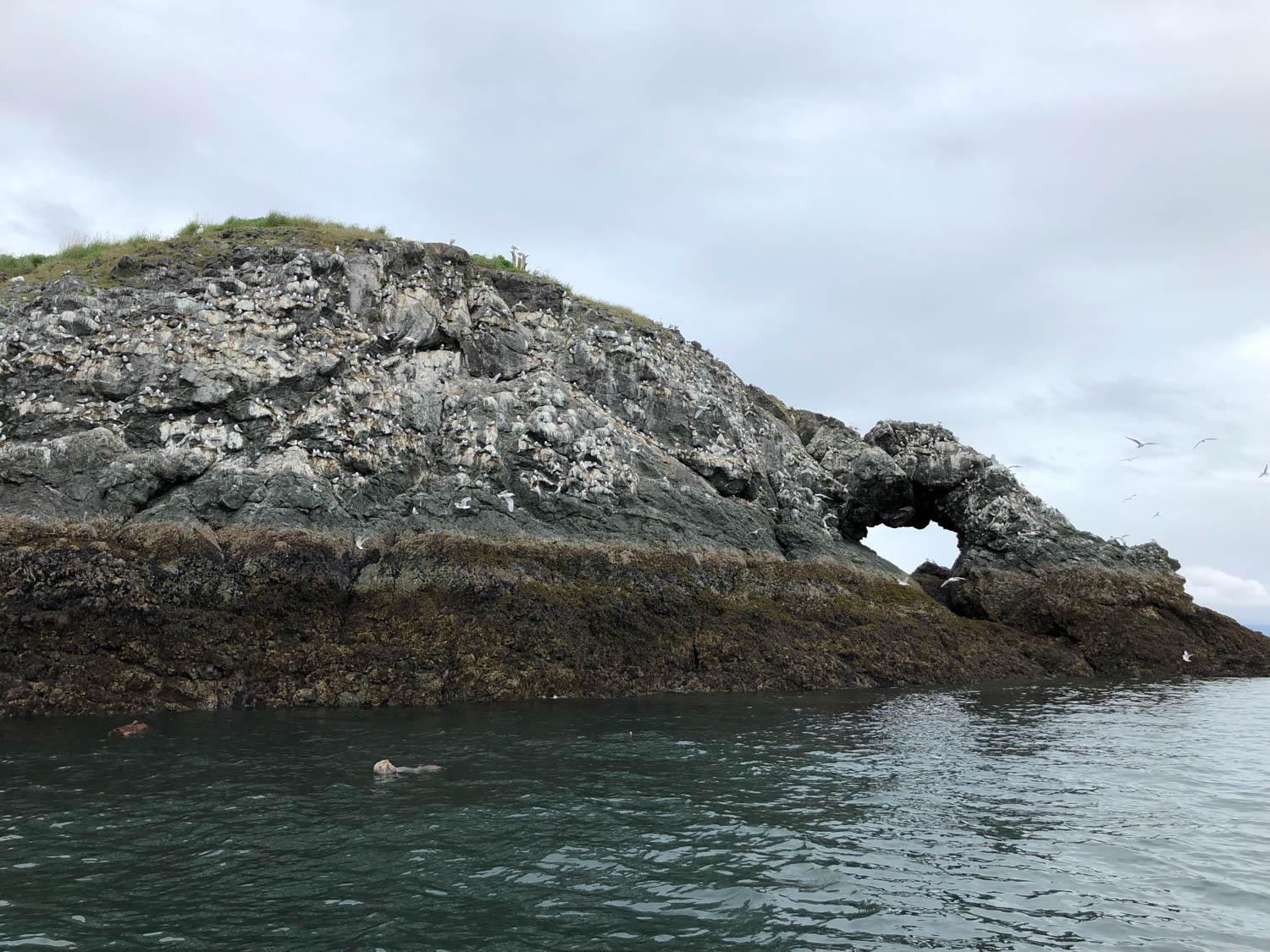
Sometimes, when they sense danger, the whole colony takes off at once:
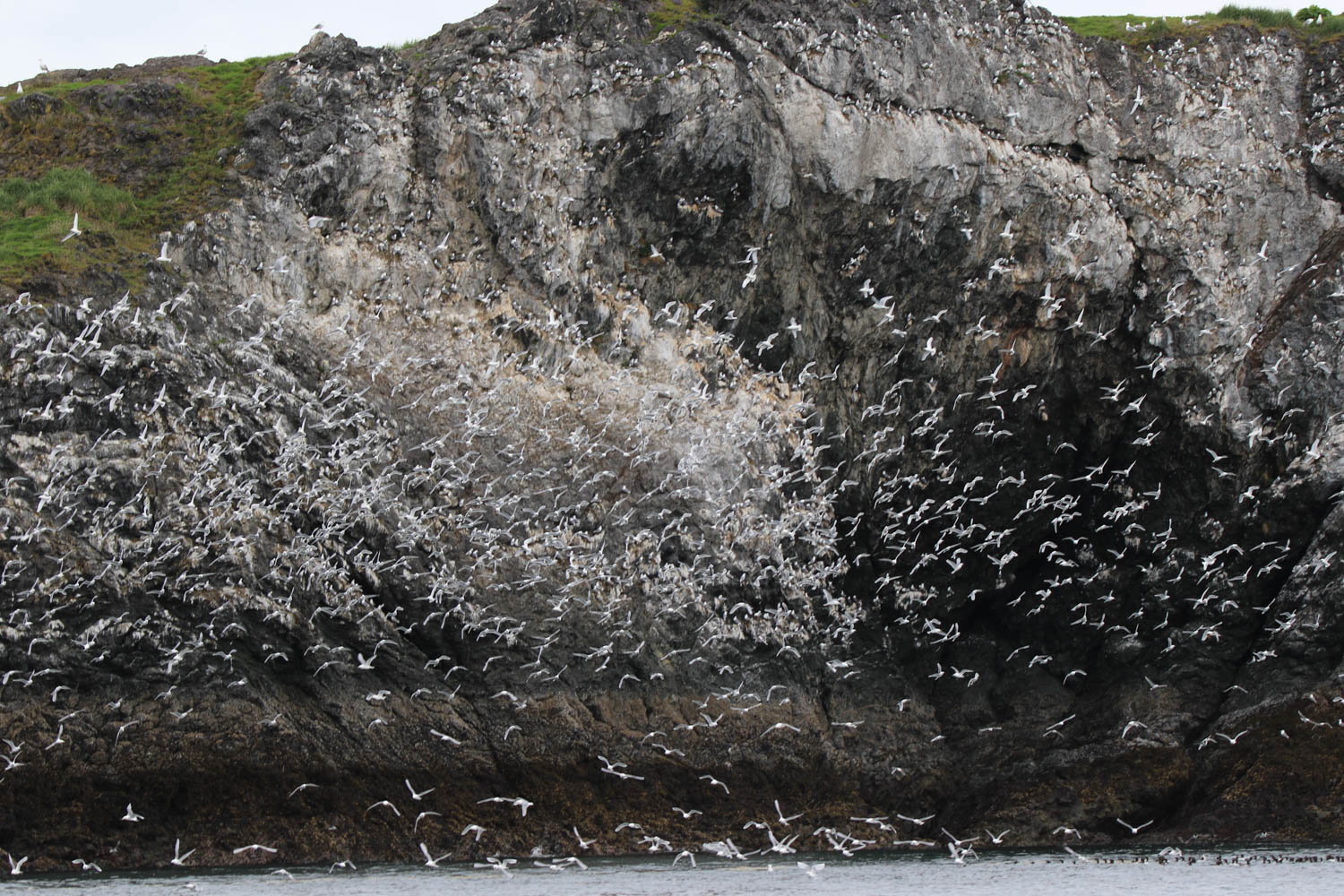
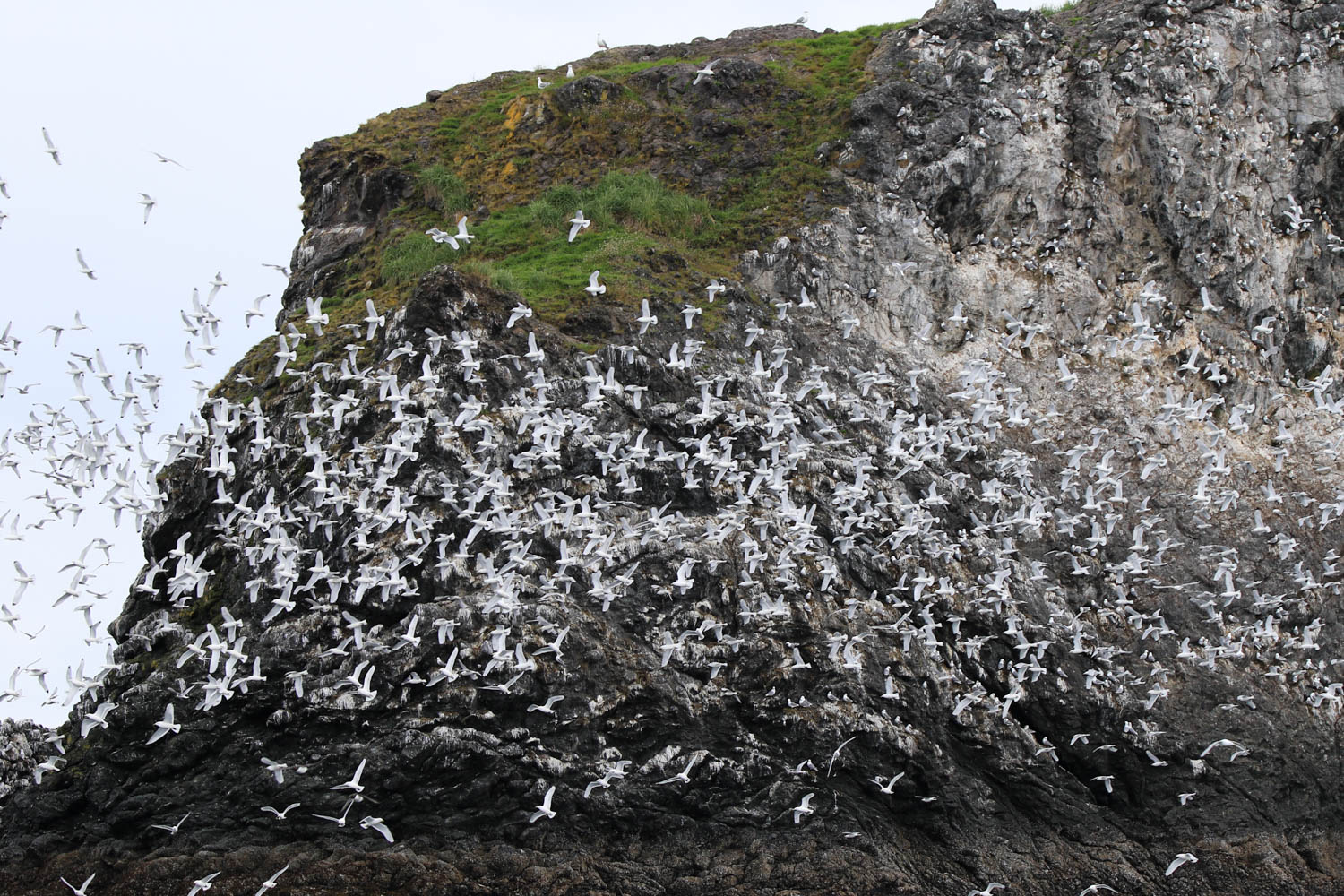
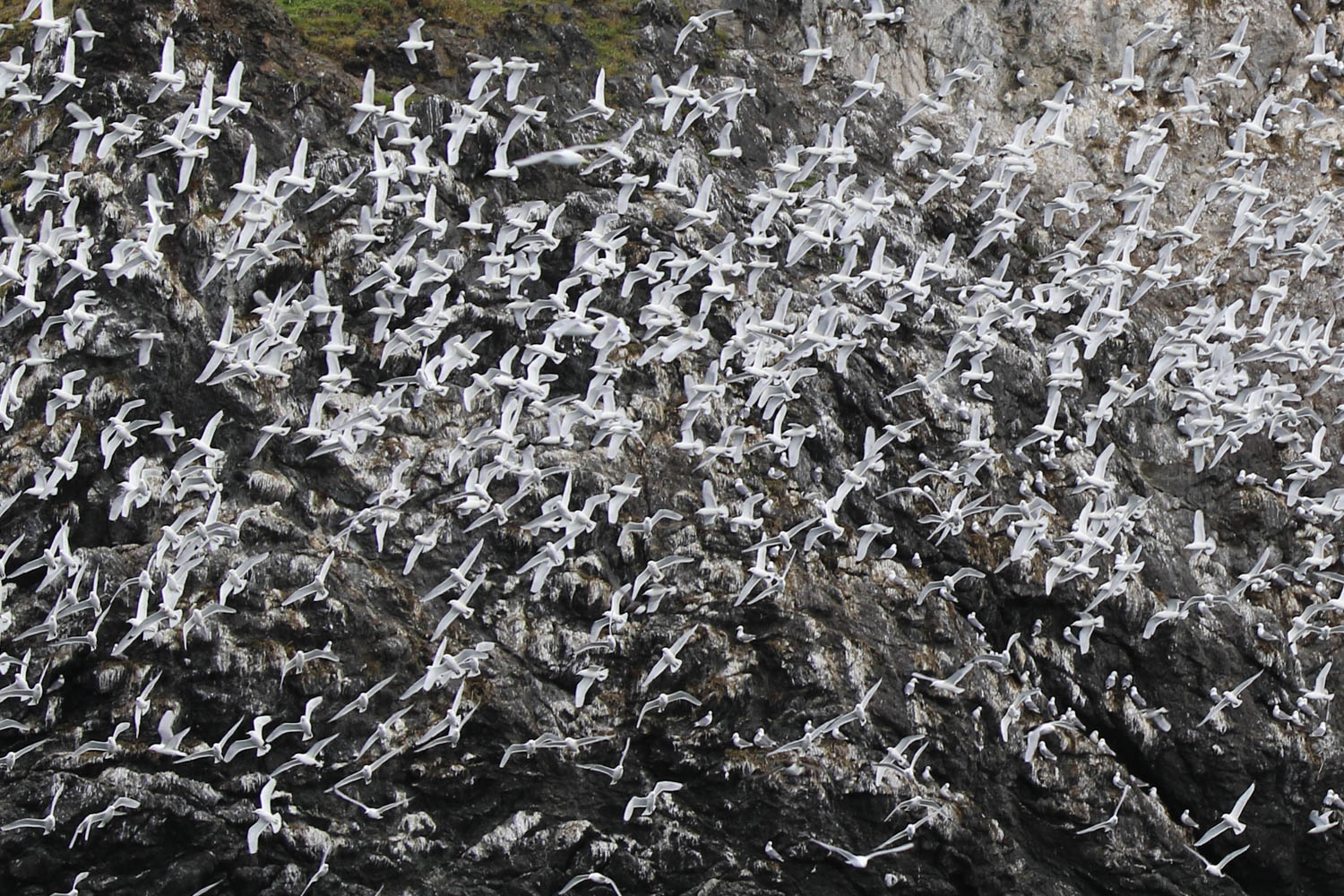
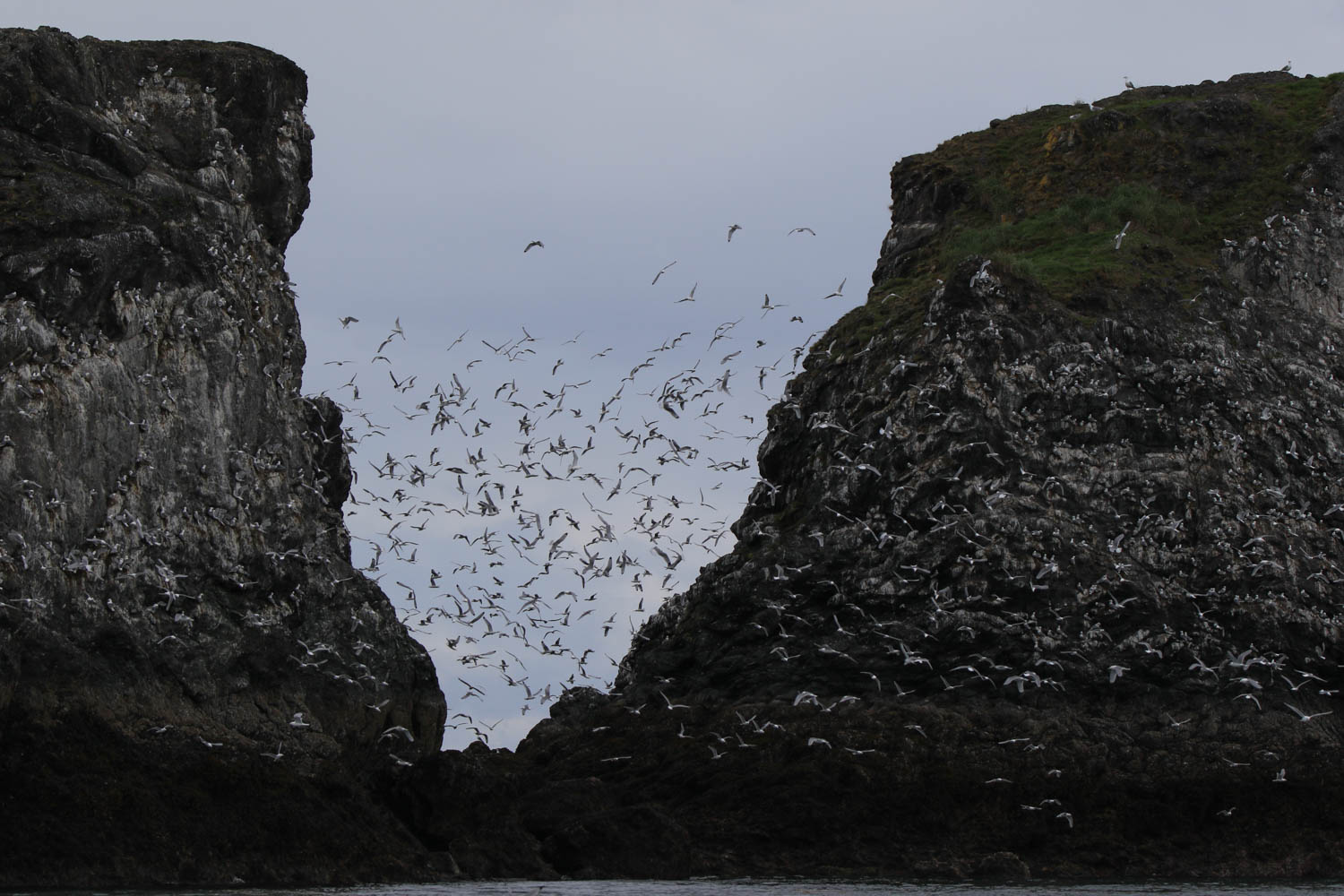
Kittawakes are not the only animals on the island - some seals come to relax as well:
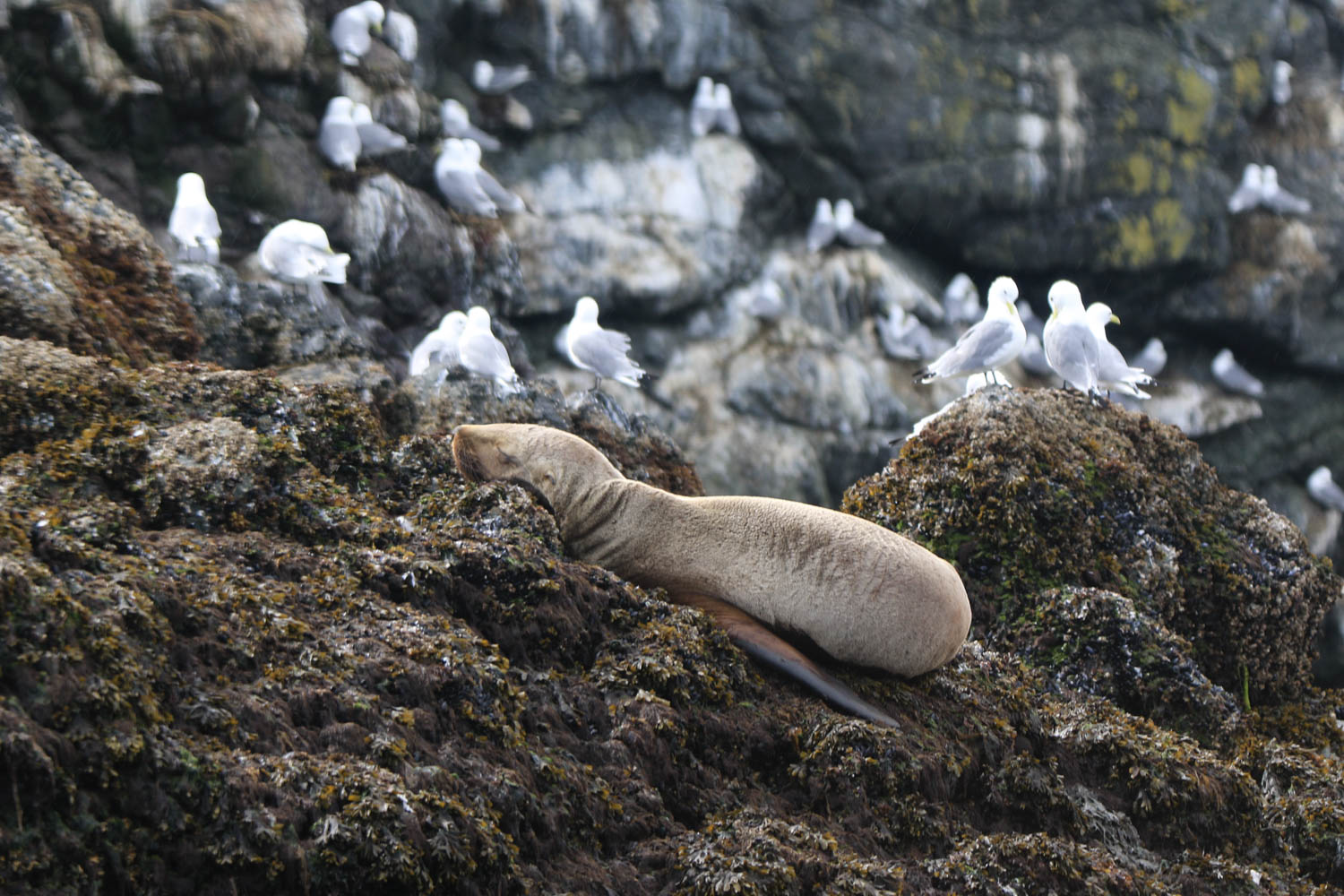
Another island in Kachemak Bay does't have a lot of animals, but it's got really interesting rock formations:
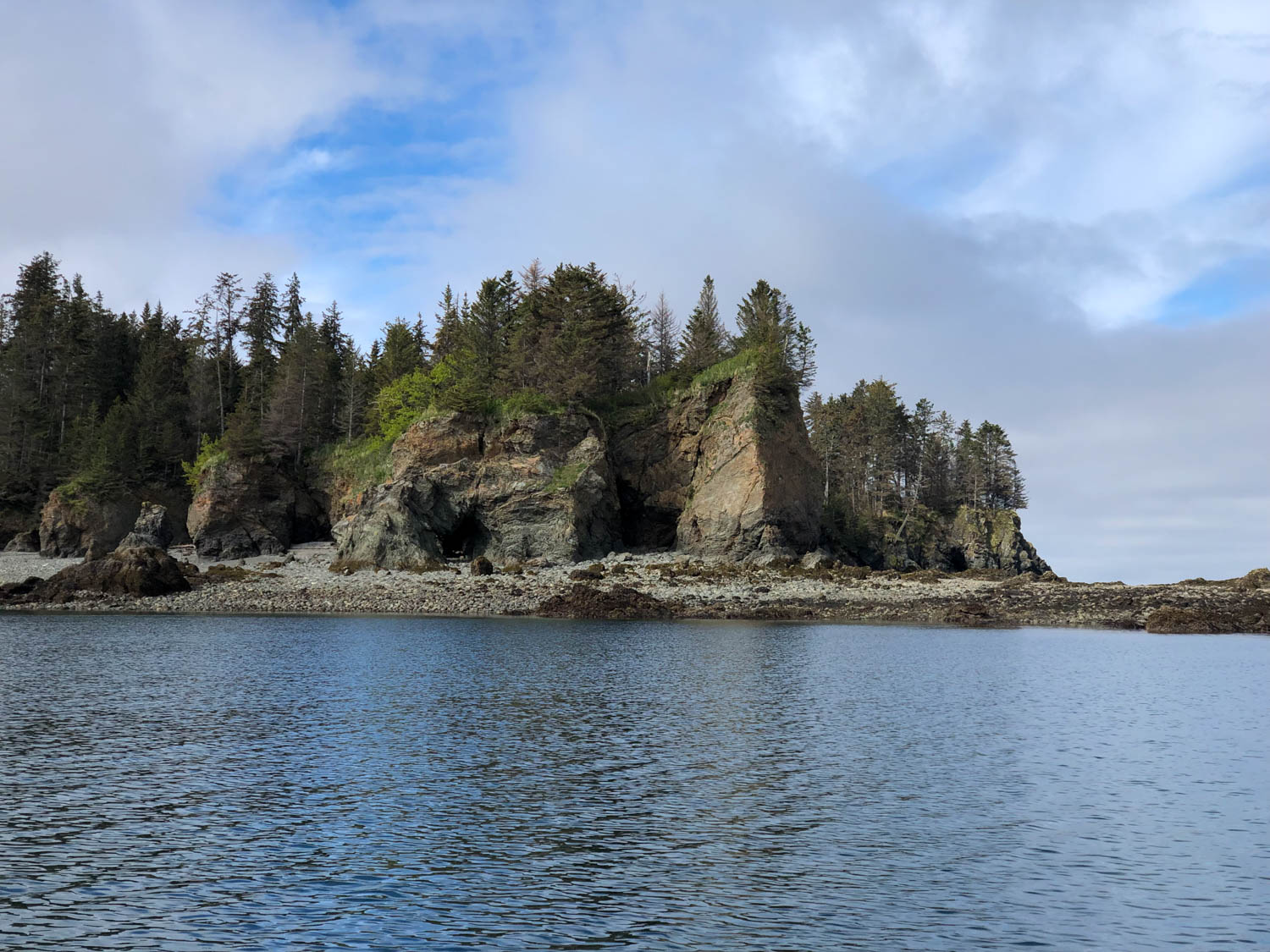
As you come close, you can see that the cliffs are made of some very intensely layered rock:
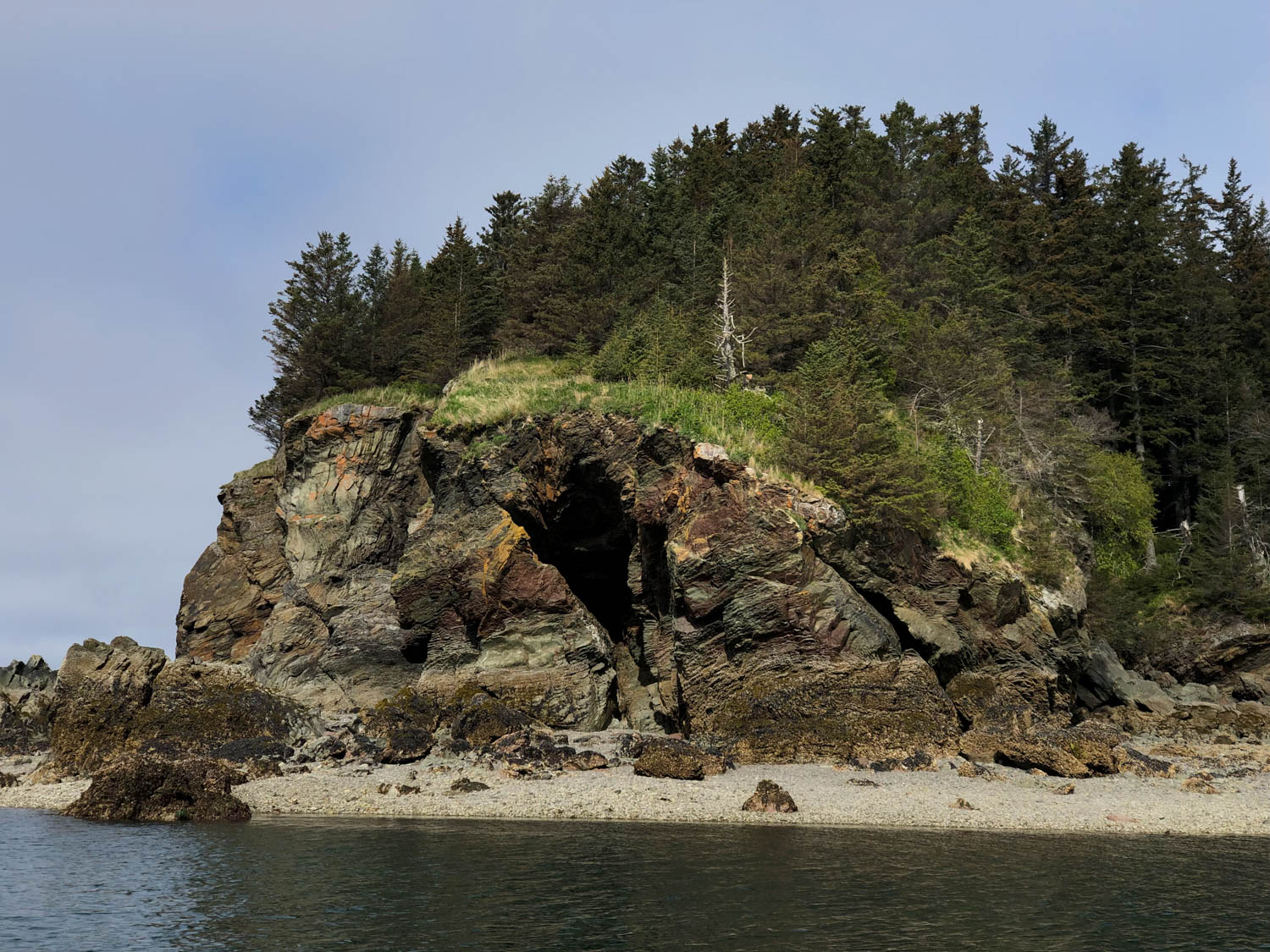
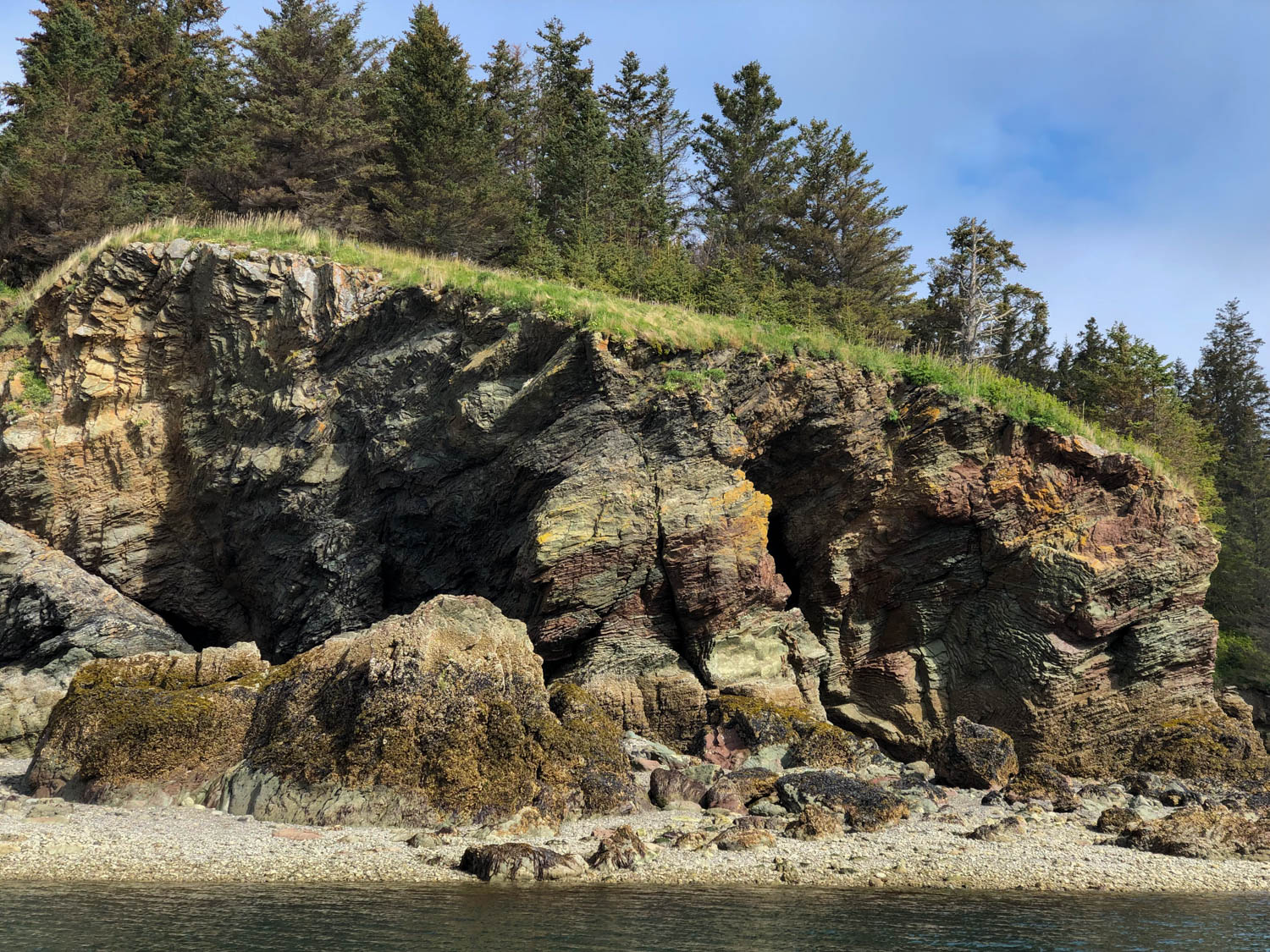
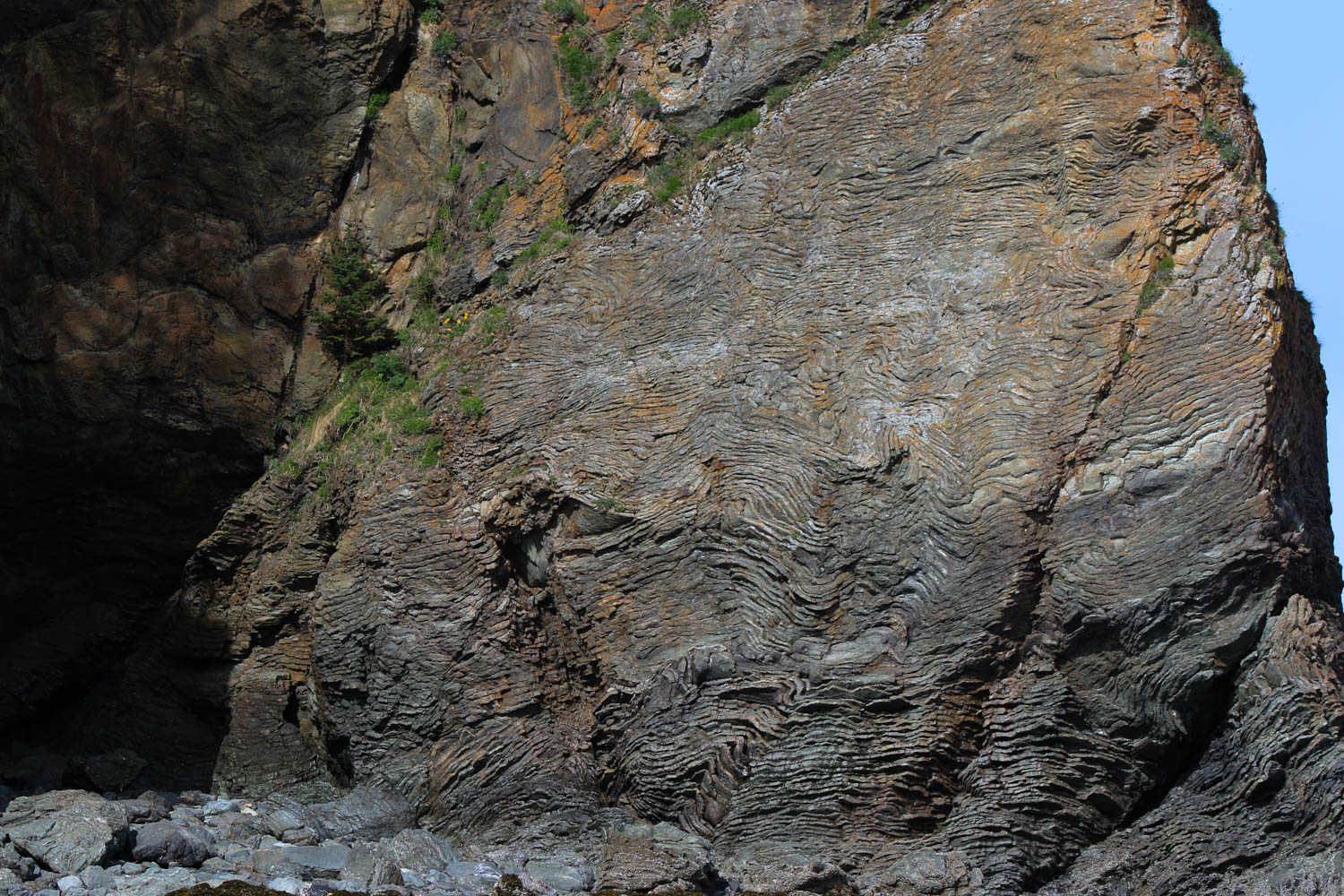
You can imagine the force that was required to compress and bend these rocks:
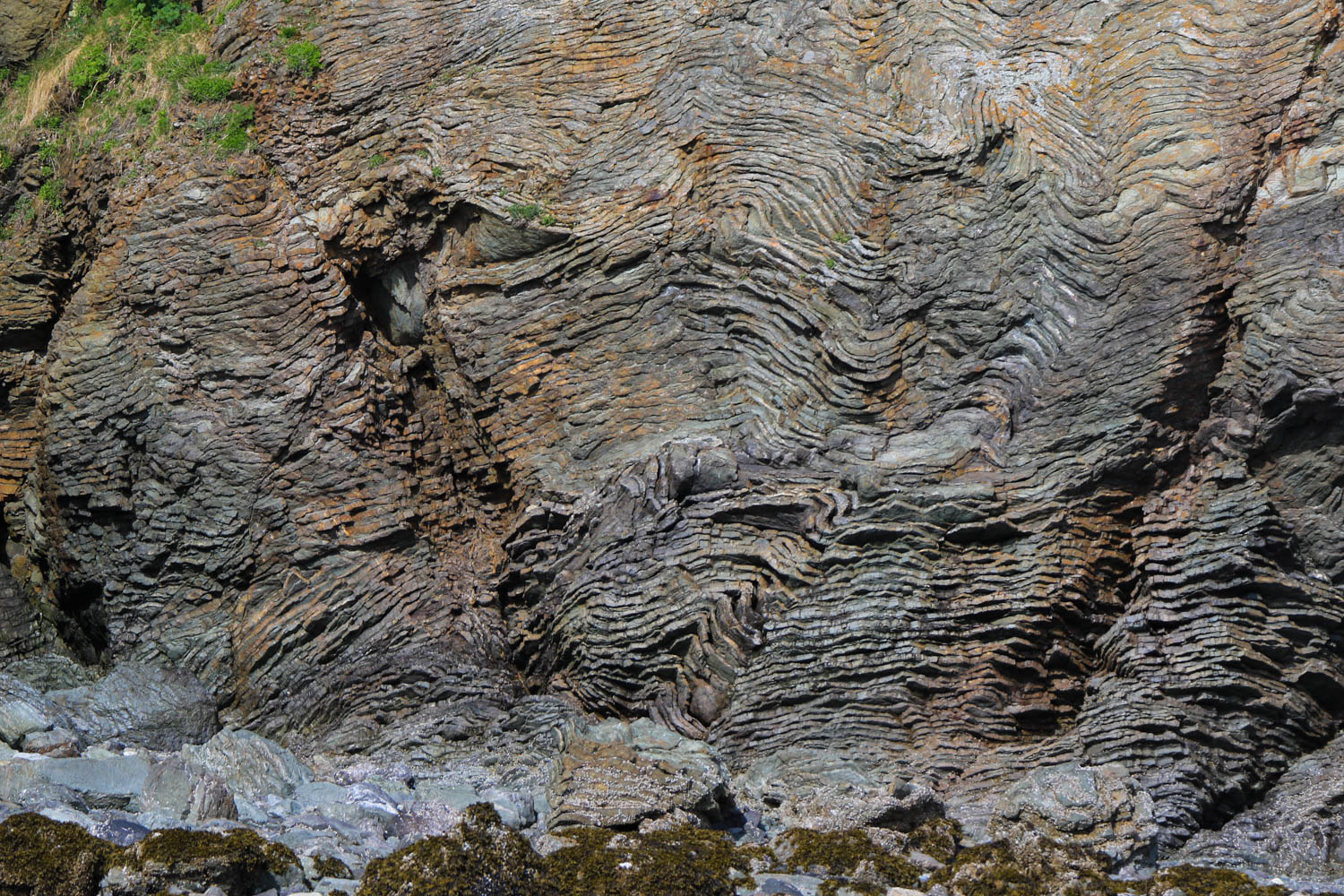
Parting shot:
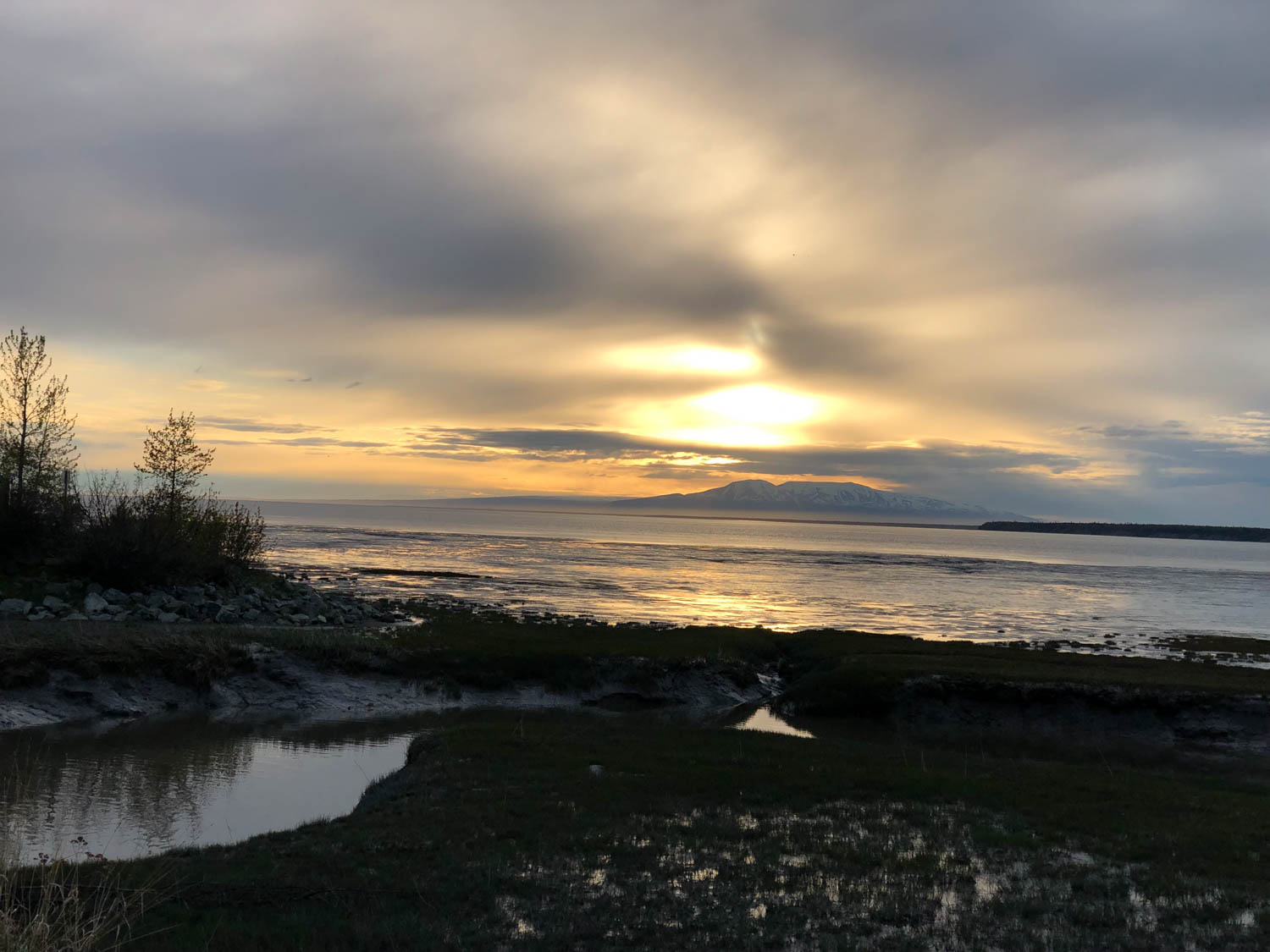

No comments:
Post a Comment